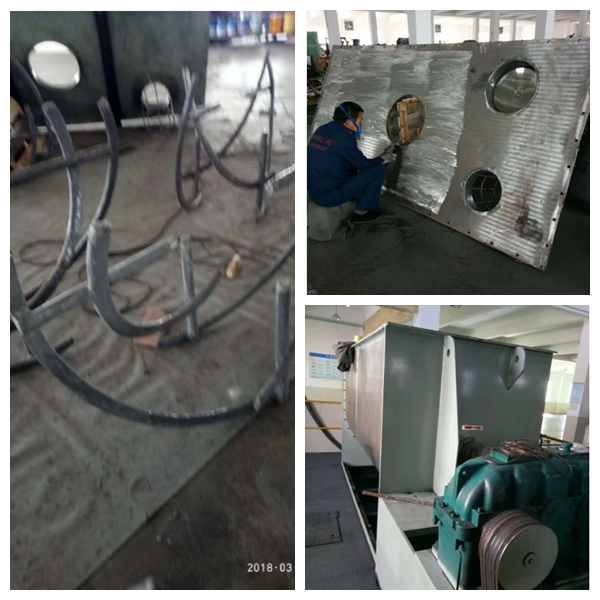

Remelting is to change the original mechanically bonded coating into a metallurgically bonded coating by heating. Also, the molten coating (autolyzed alloy) dissolves, or diffuses, with the workpiece metal to form a tighter bond. The remelting of the coating mainly includes the following methods.

1. Flame Remelting
Simple equipment and flexible operation. It is a remelting method widely used in engineering. The following points should be noted when applying this method:
(l) Neutral flame remelting. The spray distance is generally about 40mm;
(2) The remelting temperature is about 1000 ℃, and the workpiece can be seen as "mirror".
2. Furnace remelting
The furnace temperature must be strictly controlled. Generally 10-30 ℃ above the alloy solidus. Example: a nickel-based self-fluxing alloy powder, solid point: 1035 ℃, liquidus point 1280 ℃, then the furnace temperature is 1045~1065 ℃. In this temperature zone, the alloy is about 60%~80% liquid and 20%~40% solid. Viscosity enough to not runny.
3. High frequency induction heating remelting
The heating method is the same as that of induction quenching. The advantage is that it is fast. Small thermal influence on workpiece. The disadvantage is that the equipment is complex and suitable for mass production.
4. Laser remelting
Laser treatment of spray coating (including laser remelting, laser coating, laser rapid melting, etc.), due to the high-density energy of high-power laser beams, can work at a certain depth of the coating. Its characteristics are: the porosity is greatly reduced, the bonding strength and the surface finish are greatly improved. Some people have treated GCr15 steel by high-power CO2 laser rapid melting, and the results believe that: (1) The melting structure of laser micro-melting treatment is an irregular cellular structure in microscopic morphology, which is similar to the one that occurs under the condition of laser rapid melting. It is related to the extremely small degree of component undercooling; (2) A large number of ultrafine and dispersed carbides are precipitated in various forms, and their size is about 0.01~0.03μm. The precipitation of dispersed fine carbides on the matrix is the main factor of laser melting strengthening; (3) After rapid laser solidification, there are a large number of dislocations and other defects in the molten tissue, which is another reason for laser strengthening.
Hot information

